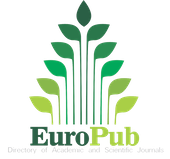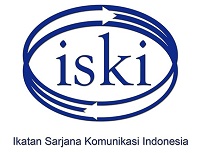Perkembangan Teknologi Komunikasi dan Media Baru: Implikasi terhadap Teori Komunikasi
Abstract
Keywords
Full Text:
PDF (Bahasa Indonesia)References
Abrar, Ana Nadhya. 2003. Teknologi Komunikasi: Perspektif Ilmu Komunikasi. Yogyakarta: LESFI.
Biocca, Frank, and Mark R. Levy (editor) 1995. Communication in the Age of Virtual Reality. New Jersey: Lawrence Erlbaum Associates.
Croteau, David, and William Hoynes. 1997. Media/Society: Industries, Images, and Audiences. London: Pine Forge Press.
Mc Quail, Dennis. 2000. Mc Quail’s Communication Theory (4th edition). London: Sage Publications.
Mc Quail, Dennis. 2002. Media Perfomance: Mass Communication and the Public Interest. London: Sage Publications.
Pavlik, John V., 1998. New Media Technology: Cultural and Commercial Perspectives. Boston: Allyn and Bacon.
Rogers, Everett M. 1986. Communication Technology: The New Media in Society. New York: The Free Press.
Ward, Ian. 1995. Politics of the Media. Melbourne: Mac Milan.
Webster, Frank. 1995. Theories of the Information Society. New York: Routledge.
DOI: https://doi.org/10.29313/mediator.v6i2.1197
Refbacks
- There are currently no refbacks.

This work is licensed under a Creative Commons Attribution 4.0 International License























